Breaking News


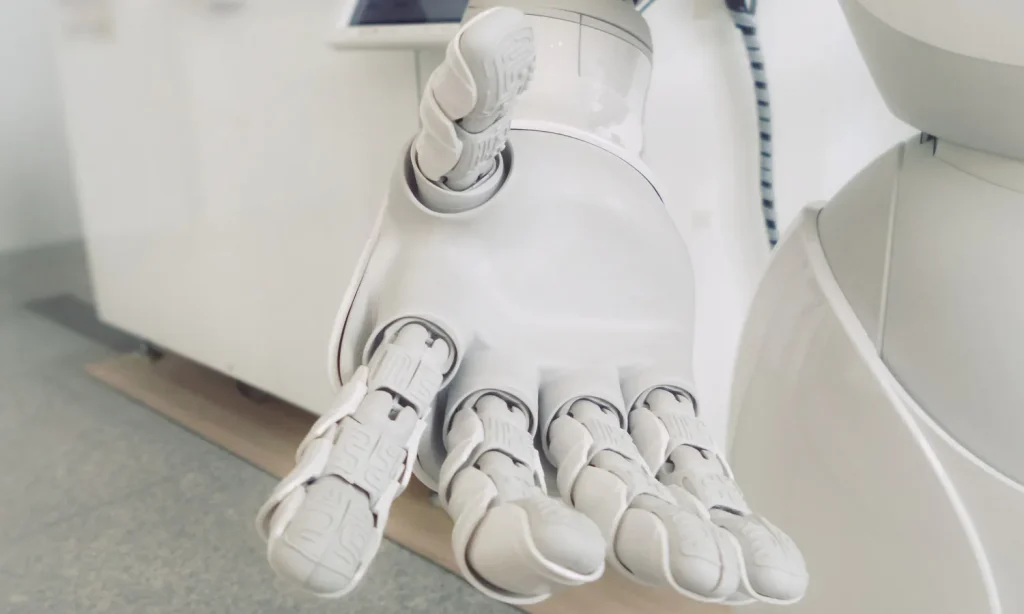

Popular News


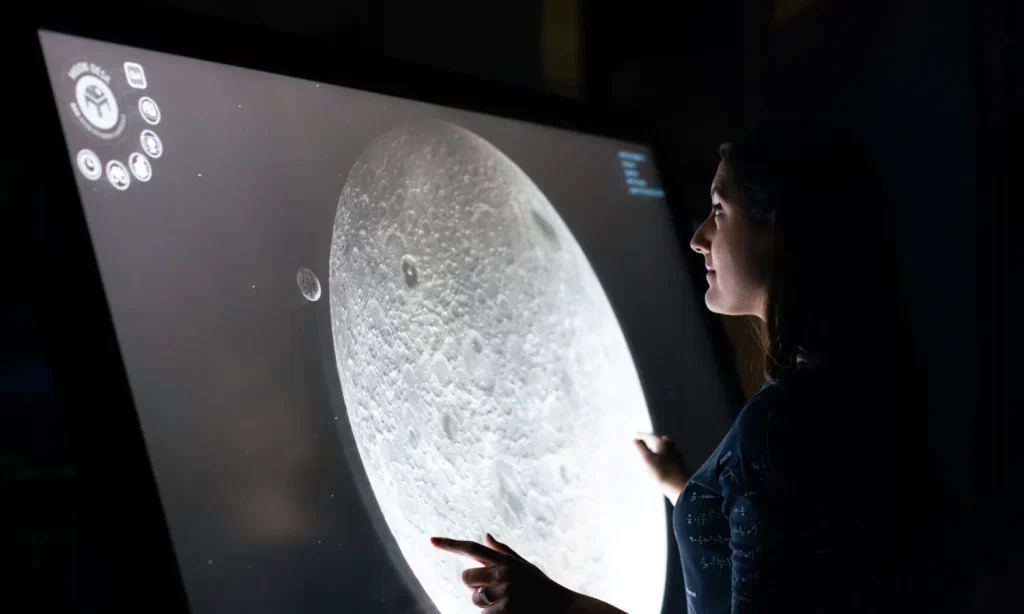









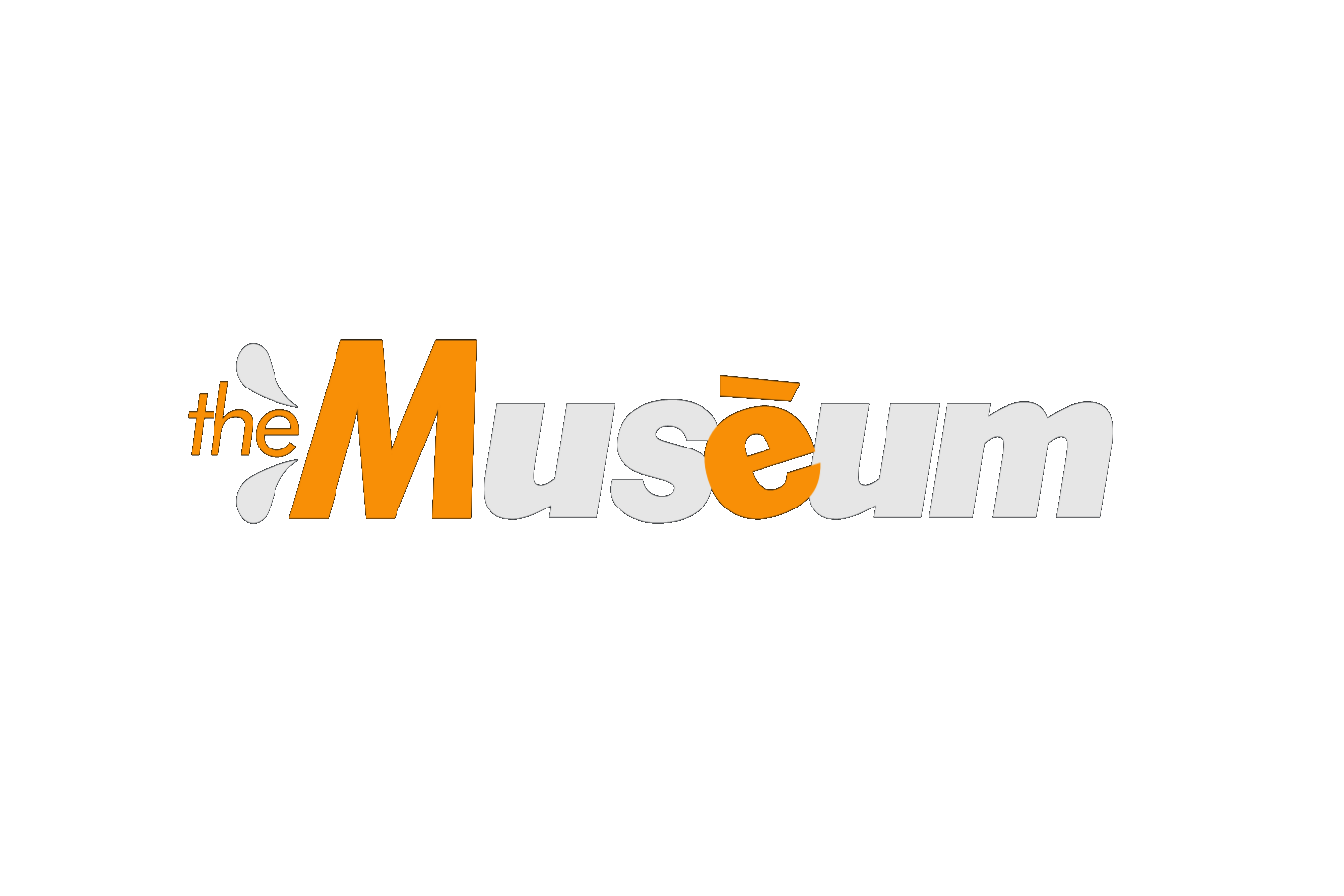

Enter your email address below and subscribe to our newsletter
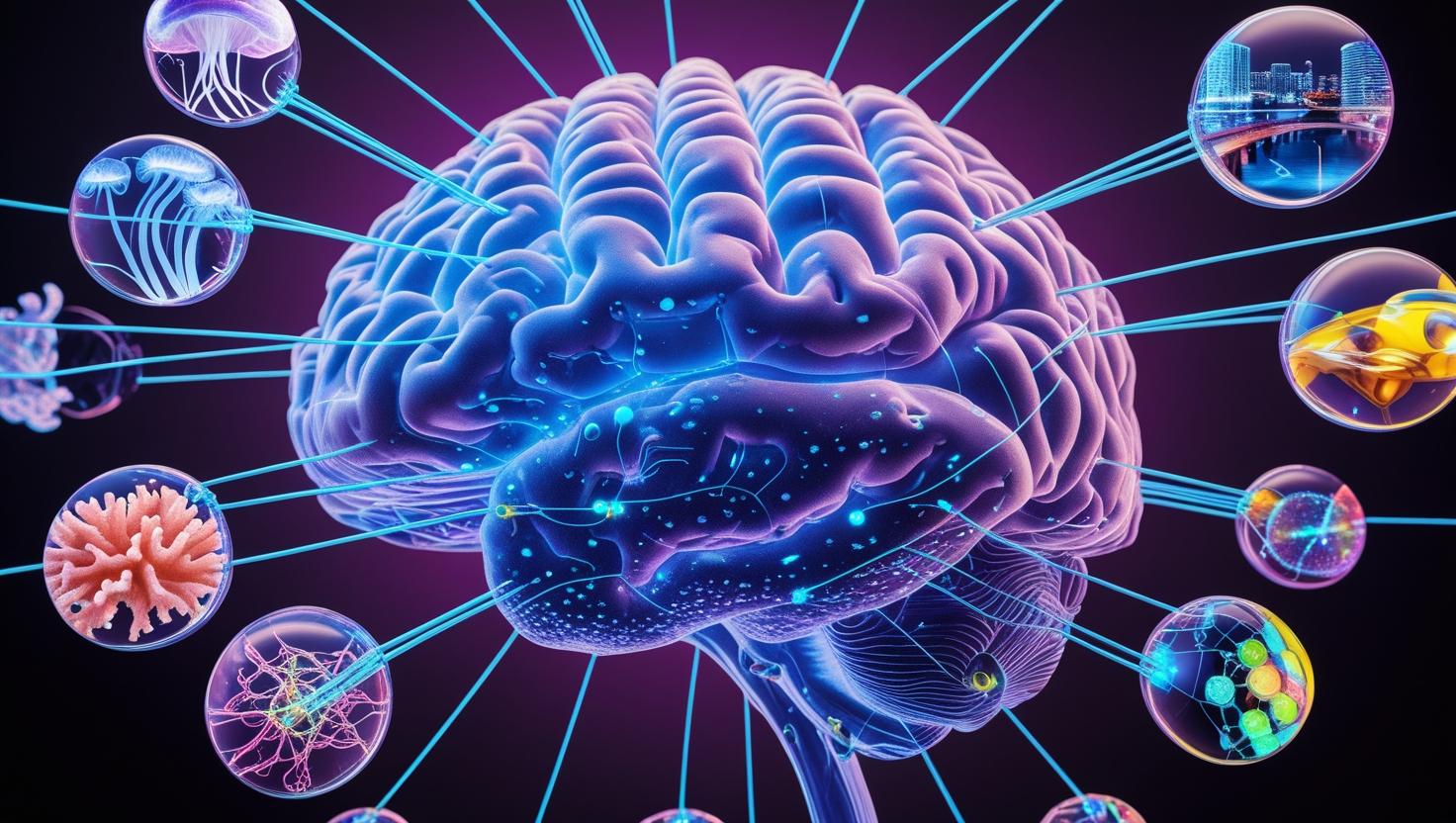
What do coral reefs, quantum physics, and fungi have in common? They’re solving your next big problem. LADI is the thinking model that transforms breakthroughs in one field into game-changing solutions in another.
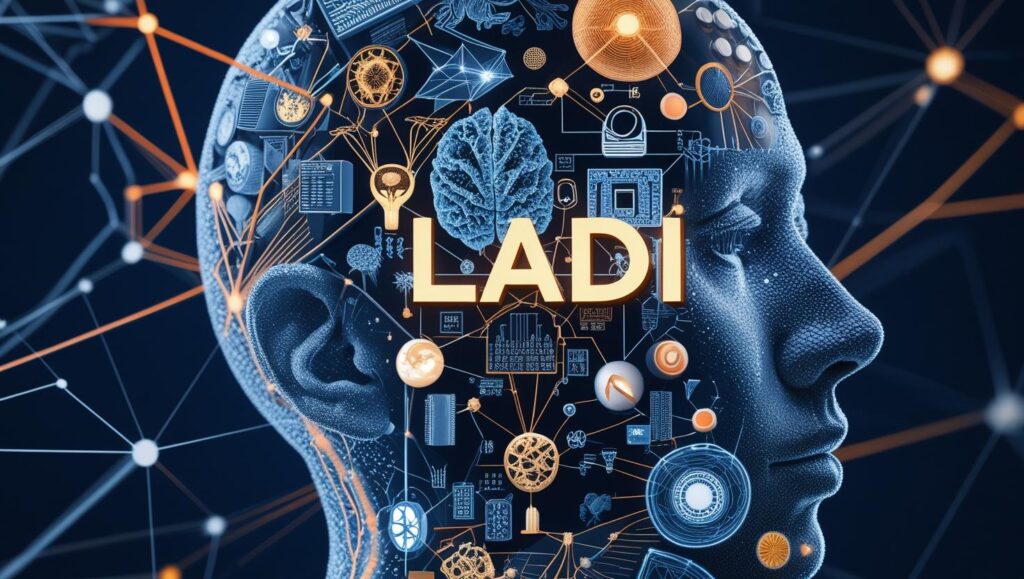
In an era where the most transformative innovations emerge from dissolving boundaries between disciplines, we need systematic frameworks for recognizing and translating solutions across seemingly unrelated domains. The COVID-19 mRNA vaccines drew from decades of cancer research. Netflix’s recommendation algorithm borrowed principles from collaborative filtering used in social psychology. SpaceX’s reusable rockets applied lessons from aviation’s transformation from disposable to reusable aircraft.
But what if these weren’t fortunate accidents? What if there was a systematic methodology for identifying breakthrough solutions hiding in plain sight across every field of human knowledge?
This is where LADI — Lateral Abstraction Design & Implementation comes in: a universal innovation model that transforms cross-domain solution discovery from lucky accidents into predictable breakthroughs.

Lateral Abstraction operates like a cognitive magnet that draws together seemingly unrelated phenomena across distant domains. Imagine a spider’s web where vibrations from one corner mysteriously resonate with patterns in an entirely different section—this is how lateral abstraction functions in innovation.
Think of it as “conceptual pollination”—just as bees inadvertently transfer genetic material between distant flower species, lateral abstraction enables the cross-fertilization of ideas between unconnected fields. It’s the mental equivalent of gravitational waves: invisible forces that reveal themselves only when we learn to detect the subtle connections between disparate systems.
Unlike linear thinking (A→B→C) or even lateral thinking (exploring alternatives), lateral abstraction is about recognizing that solution patterns in marine biology might hold keys to urban traffic flow, or that the social structures of ant colonies could revolutionize distributed computing architectures.
The key insight is revolutionary: every domain contains solutions applicable elsewhere—we just need to develop the systematic capabilities to recognize, abstract, and translate these patterns across contexts.
Design Implementation transforms these lateral insights into tangible, scalable innovations through a rigorous translation process that preserves the mathematical, structural, or process relationships that drive success in the original context.
This isn’t mere analogy-making—it’s cross-domain engineering that operates through five critical phases:
Lateral Abstraction: Studying how coral reef ecosystems self-organize and create efficient nutrient flow networks through symbiotic relationships and adaptive growth patterns.
Design Implementation: Developing adaptive urban infrastructure that mimics coral growth dynamics—streets that dynamically reconfigure based on traffic flow, buildings that share resources like coral polyps, and neighborhood boundaries that shift organically based on community needs. Singapore’s experimental “living city” districts now use algorithms derived from coral reef dynamics to optimize everything from energy distribution to waste management, creating urban environments that literally grow and adapt like living organisms.
Lateral Abstraction: Recognizing that quantum superposition principles (existing in multiple states simultaneously) parallel emerging consumer desires for fluid, adaptive identity expression and the digital fashion industry’s need for infinite customization.
Design Implementation: Creating “quantum clothing” platforms where single garments exist in multiple style states simultaneously through programmable materials and AR integration. Users can shift between professional, casual, and avant-garde presentations of the same base item, with the platform learning from quantum probability models to predict and enable desired style transitions, fundamentally reimagining how we think about clothing as fixed versus fluid identity expressions.
Lateral Abstraction: Observing how underground fungal networks efficiently distribute resources across vast forest ecosystems through reciprocal exchange relationships, creating resilient, self-healing distribution systems.
Design Implementation: Redesigning global supply chains as “mycorrhizal logistics networks” where distribution nodes form symbiotic relationships, sharing capacity and resources dynamically. Amazon’s latest fulfillment strategy uses algorithms derived from fungal network topology to create self-healing, adaptive supply webs that automatically reroute around disruptions while optimizing for mutual benefit rather than just efficiency, transforming competition-based logistics into collaboration-based ecosystems.
At the personal level, LADI develops “cross-domain fluency”—the ability to rapidly identify transferable patterns across fields. Individuals cultivate conceptual agility through:
Teams implement LADI through structured cross-pollination sessions where members from different disciplines actively seek unexpected connections. This creates “hybrid thinking spaces” where:
Organizations embed LADI through “innovation archaeology”—systematically mining other industries for transferable solutions. This involves:
At the systems level, LADI drives convergent evolution across entire industries through:
LADI Design Toolkit: Develop AI-powered pattern recognition software that identifies structural similarities across domains, paired with translation frameworks that help adapt solutions while preserving their essential dynamics. Create “inspiration engines” that surface relevant patterns from completely unrelated fields based on current design challenges, transforming design from intuition-based to pattern-based practice.
Systems Translation: Build technical frameworks that can rapidly prototype solutions inspired by patterns from other fields. This includes simulation environments that model how biological, social, or physical systems might translate into technological solutions, and AI systems trained to identify transferable principles across domains, creating technology that literally learns from every field of human knowledge.
Strategic Translation: Establish ongoing research partnerships with organizations across completely different sectors. Develop strategic frameworks that systematically evaluate innovations from other industries for potential adaptation, and create internal capabilities for rapid cross-domain solution development, transforming strategy from industry-focused to pattern-focused.
Cross-Domain Ventures: Create businesses specifically designed to identify successful patterns in one domain and translate them to others. This involves establishing “innovation scouting” networks across diverse industries, building platforms that connect problems in one field with solutions discovered in others, and developing venture models based on systematic pattern translation rather than traditional market analysis.
Pattern-Based Learning: Redesign educational programs around pattern recognition and translation skills rather than domain-specific knowledge. Create learning environments where students regularly work on challenges that require drawing insights from multiple, unrelated fields, fundamentally transforming education from knowledge transfer to pattern recognition development.
LADI represents a fundamental shift from scarcity-based innovation (competing for limited ideas within domains) to abundance-based innovation (recognizing that every domain contains solutions applicable elsewhere). It’s not just about being inspired by nature or other fields—it’s about developing systematic capabilities for cross-domain solution transfer.
The model suggests that innovation potential grows exponentially with the number of domains one can fluidly translate between. A breakthrough in any field becomes a potential solution in every other field, but only if we develop the translation capabilities to recognize and adapt the underlying patterns.
This universality emerges because LADI operates at the level of fundamental principles rather than surface-level techniques. The way immune systems coordinate distributed responses contains insights applicable to supply chains, emergency management, and software architecture. The way ecosystems manage succession contains insights applicable to organizational change, product development, and strategic planning.
AI systems serve as “lateral abstraction engines” that identify non-obvious pattern similarities across vast databases of domain-specific knowledge, surfacing unexpected connections at superhuman scale and speed. These systems could continuously scan scientific literature, patent databases, and natural observations to suggest cross-domain translations that would take human researchers decades to discover.
Bio-engineering approaches could physically implement solutions discovered in other domains, literally encoding successful organizational or computational patterns into biological systems. This enables direct translation of principles from any field into living, adaptive systems that can evolve and optimize themselves.
Programmable matter could enable immediate physical testing of solutions inspired by other domains, allowing for rapid prototyping of cross-domain translations. Materials that can reconfigure themselves based on environmental conditions could implement patterns discovered in any field.
Quantum systems could model the complex, multi-state relationships that enable successful cross-domain transfers, potentially revealing deeper pattern relationships currently invisible to classical analysis. This could unlock entirely new categories of lateral abstractions.
Immersive technologies could enable experiential learning across domains, allowing innovators to literally “experience” how solutions work in their original contexts before attempting translation, dramatically accelerating the pattern recognition and abstraction process.
Here’s a sample prompt for engaging AI in systematic LADI thinking:
I'm working on [describe your specific challenge].
Apply comprehensive LADI methodology:
1. PATTERN RECOGNITION: Identify 7 successful solutions to similar challenges across completely different domains (marine biology, quantum physics, musical composition, urban planning, immune systems, social networks, etc.). For each, define the core mechanism that makes it work.
2. ABSTRACTION: Select the 3 most promising patterns and abstract them into domain-agnostic principles - what are the fundamental dynamics that could apply anywhere?
3. TRANSLATION: Translate each abstracted principle into my specific domain and context, preserving the essential dynamics while adapting to my constraints.
4. PROTOTYPING: Design concrete experiments to test each translated principle in my context.
5. SCALING: Outline how successful translations could be systematized for broader application.
Focus on unexpected, non-obvious connections. The goal is breakthrough innovation through systematic cross-domain pattern transfer.
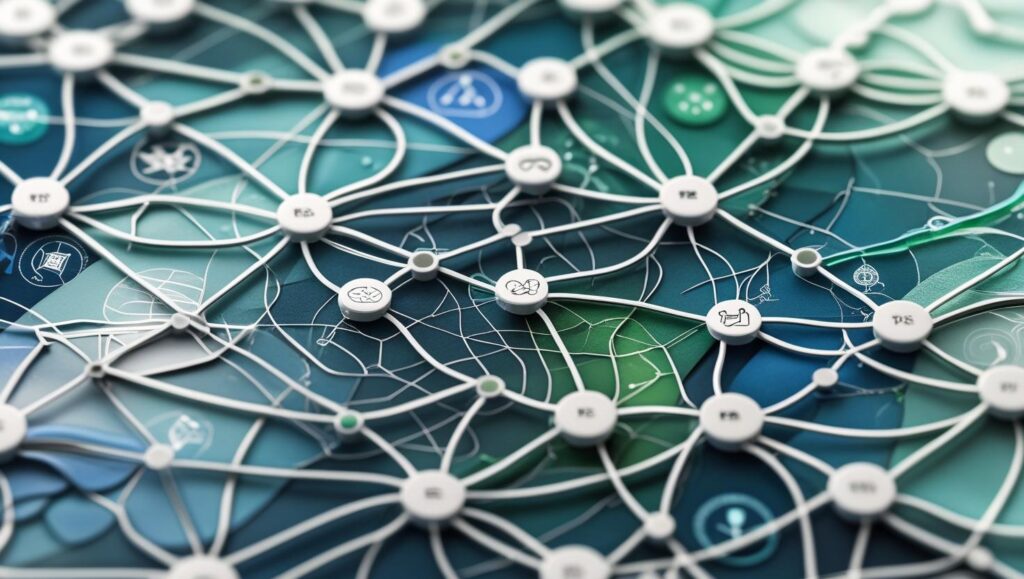
LADI ultimately posits that the future of innovation lies not in pushing boundaries within existing domains, but in dissolving the boundaries between them. Every field becomes a library of solutions for every other field—we just need to develop the literacy to read across their different languages and translate their insights into new contexts.
The most transformative innovations of the coming decades will likely emerge not from incremental advances within fields, but from radical translations between them. LADI provides the systematic framework for making those translations predictable, scalable, and universally applicable.
This represents a fundamental transformation of innovation itself—from hoping for creative breakthroughs to systematically discovering the solutions that already exist, waiting to be recognized and translated across the vast landscape of human knowledge and natural systems.
What patterns will you discover? What solutions will you translate? The next revolutionary breakthrough might be hiding in plain sight, in a domain you’ve never considered relevant to your work—and LADI gives you the systematic methodology to find it and bring it home.